Last week we ran a tech feature and test on the ex Carlos Checa Yamaha YZR500. This week we have an interview with legendary race engineer Ichiro Yoda... Photos: Gold & Goose & WorldSBK
The Y2K season was a vintage one for Yamaha – one that put them back on top of the heap in tarmac bike sport. Of the four road racing World Championships which Japan’s second largest manufacturer contested in 2000, Yamaha won five of the eight available World titles.
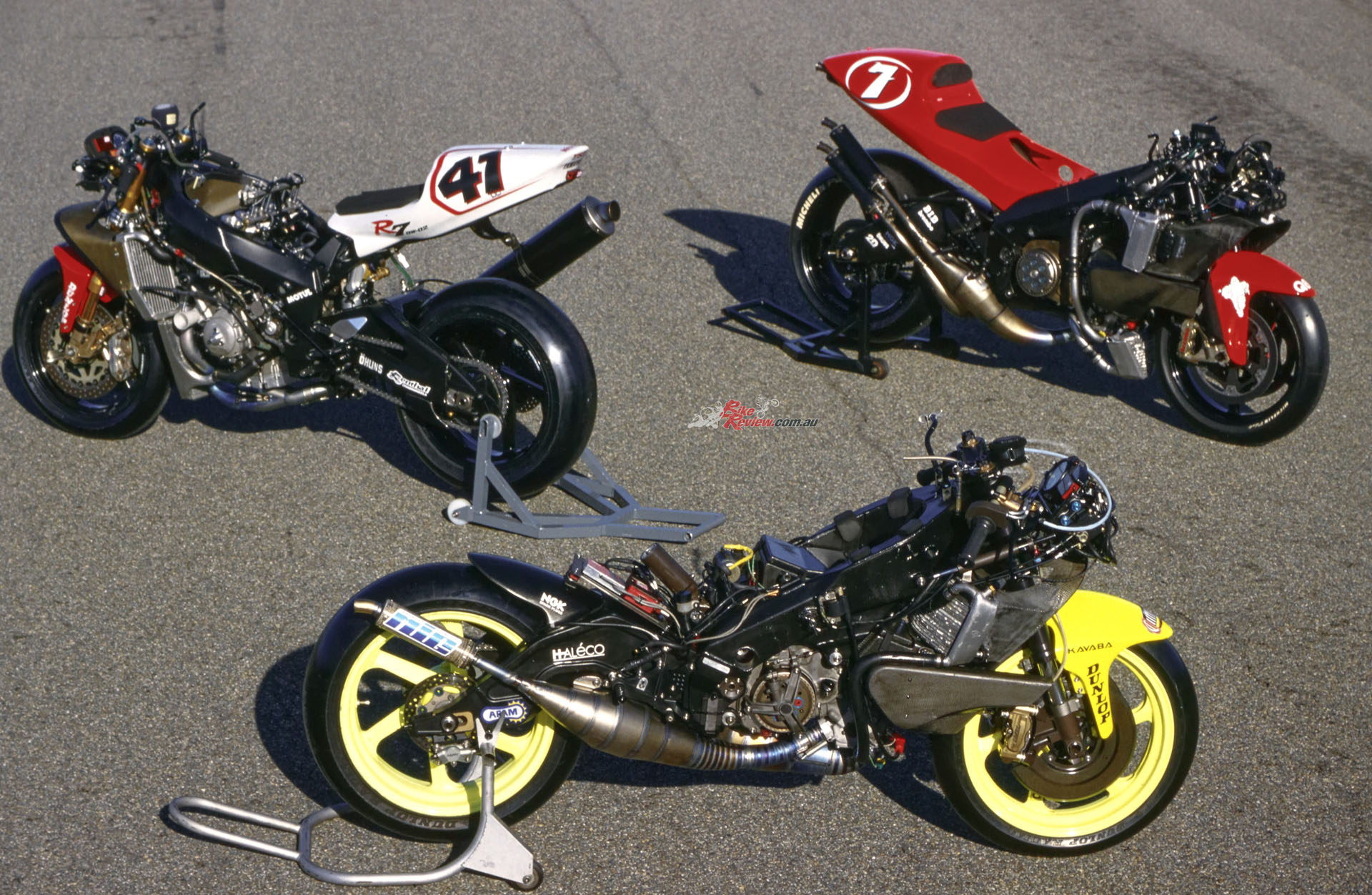
Count ‘em: in the World Supersport and 250GP classes, both Riders and Manufacturers crowns in each, plus the 500GP Manufacturers Championship, as well as runner-up spot in the World Superbike rider’s table, after a controversial penalty inflicted on factory rider Noriyuki Haga for taking a medicine containing a controlled substance (which Yamaha fought hard all season long on an official basis to get reversed) finally overturned the mid-season points lead he’d established in the championship.
Yoda-san is an engineer with an enthusiasm for racing coursing through his veins…
But in Grand Pix racing, Yamaha blitzed the 250GP World series, winning eight of the sixteen races, with Olivier Jacque wafting past teammate Shinya Nakano just ten metres from the finish line of the final GP of the year in Australia, to snatch the World title from his fellow Yamaha rider after a season in which the two of them had dominated the standings. Conversely, in the 500cc class Yamaha won six GPs, equal with their Honda rivals whose longtime dominance of the blue-ribbon GP class they and Suzuki jointly ended by sharing the championship spoils, with Yamaha winning the Manufacturers title which all Japanese teams especially covet, while Suzuki took the Riders crown thanks to Kenny Roberts Jr., and his astute setup advisor, the late Warren Willing.
Read Alan’s test on the 2000 Yamaha YZR500 here…
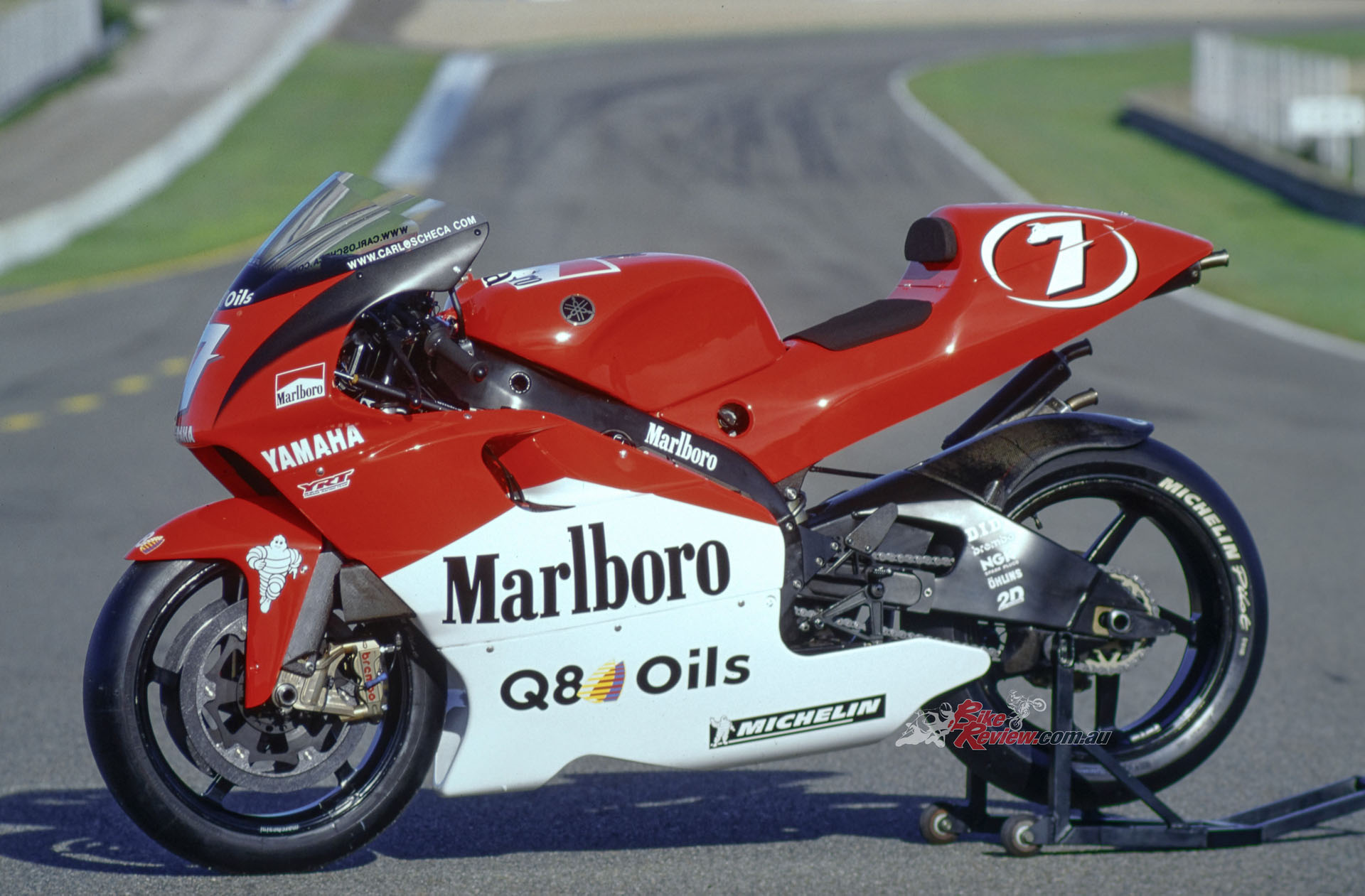
For Yamaha race engineer Ichiro Yoda, a 20-year veteran of Grand Prix racing and technical second-in-command of his company’s race division, this was an especially satisfying season. For Yoda-san is an engineer with an enthusiasm for racing coursing through his veins, a hardened Hashiriya street racer whose love of bikes led him to join Yamaha immediately after graduating from Tokyo’s Metropolitan University at the end of the Seventies.
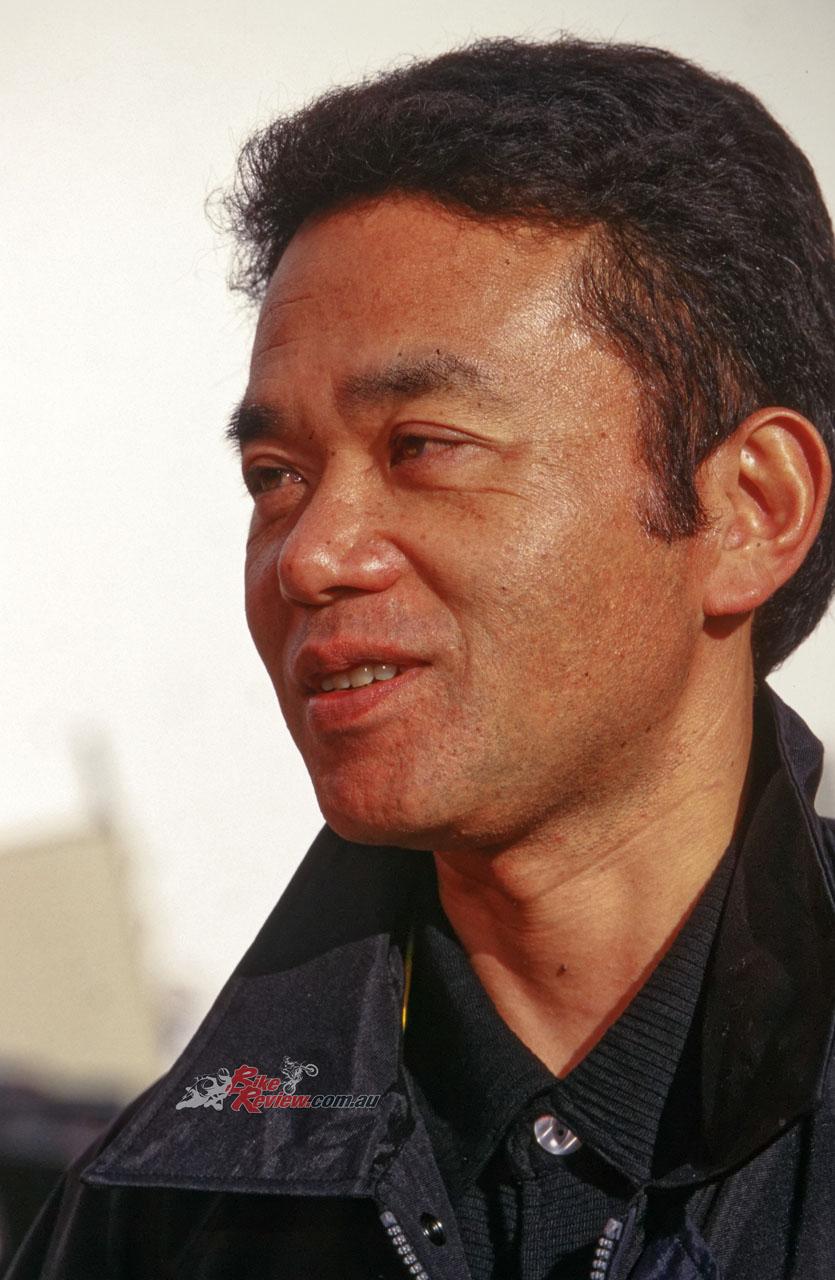
Ichiro Yoda in 2000.
It wasn’t long before he made the switch to the Racing Department, where over a 20-year period he worked on developing the multi-title winning YZR500s of Lawson and Rainey, and was project leader on the 250GP World championship-winning V-twins of Lavado (1986) and Jacque (1999), and also the man in charge of R&D for the YZR500 engine package. As such he and his Yamaha colleagues must have derived special satisfaction from Yamaha’s ultra-successful 2000 GP season, with extra pride from beating their rivals at HRC in all categories they contested. The chance to quiz him at Jerez about development of the YZR500 underpinned this.
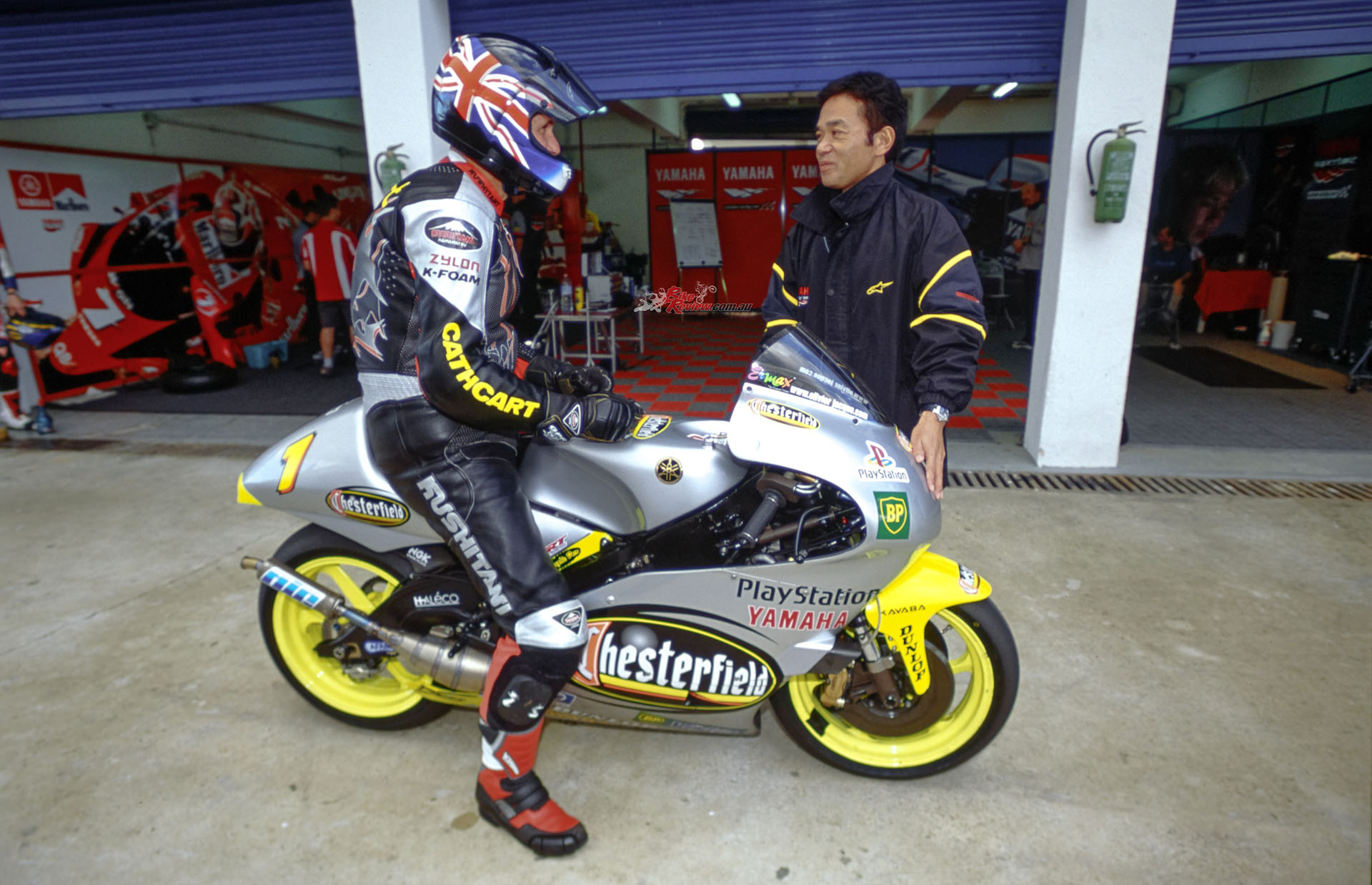
Ichiro Yoda and Alan Cathcart chat at the end of season Y2K world title bike test Alan did.
Alan Cathcart: Ichiro-san, it’s taken several years for Yamaha to become the No.1 team in the 500GP class once again. Why did it take long – and what did you focus on in the past two years in developing the YZR500?
Ichiro Yoda: At Yamaha we spent a lot of money on development for the YZR500, with many engineers who have very good ideas. We signed Max Biaggi in 1999, and the first time he rode our bike at Suzuka, he appreciated the bottom power of the engine, where it was very smooth and better than the Honda he’d been racing on before. But, he kept getting big wheelies around 10,000rpm, in the bottom three gears – he wanted a more linear power delivery and more progressive throttle response. We changed this, but at some cost, because if we smooth out the power delivery between 9,000-11,000rpm, we lose some top end power, as well as overrev.
In the end, we provided two or three different specifications to each team, and we leave it to them to decide which is best for each rider. Our goal in development of the YZR500 engine is rideability, not so much high power. But this has been returned to where it was three years ago on full race gas, before the introduction of unleaded fuel in 1998, which meant some power loss. We now have a narrower 75-degree vee angle between the two banks of cylinders on our twin-crankshaft V4 engine, after previously widening the angle for increased reed valve area. But a narrower angle is better for exhaust pipe layout and shape, so by spacing the crankshafts slightly further apart, we now have a good compromise. And we make continuous improvements to the engine components throughout the season – we know we must work very hard to keep up with our rivals!”
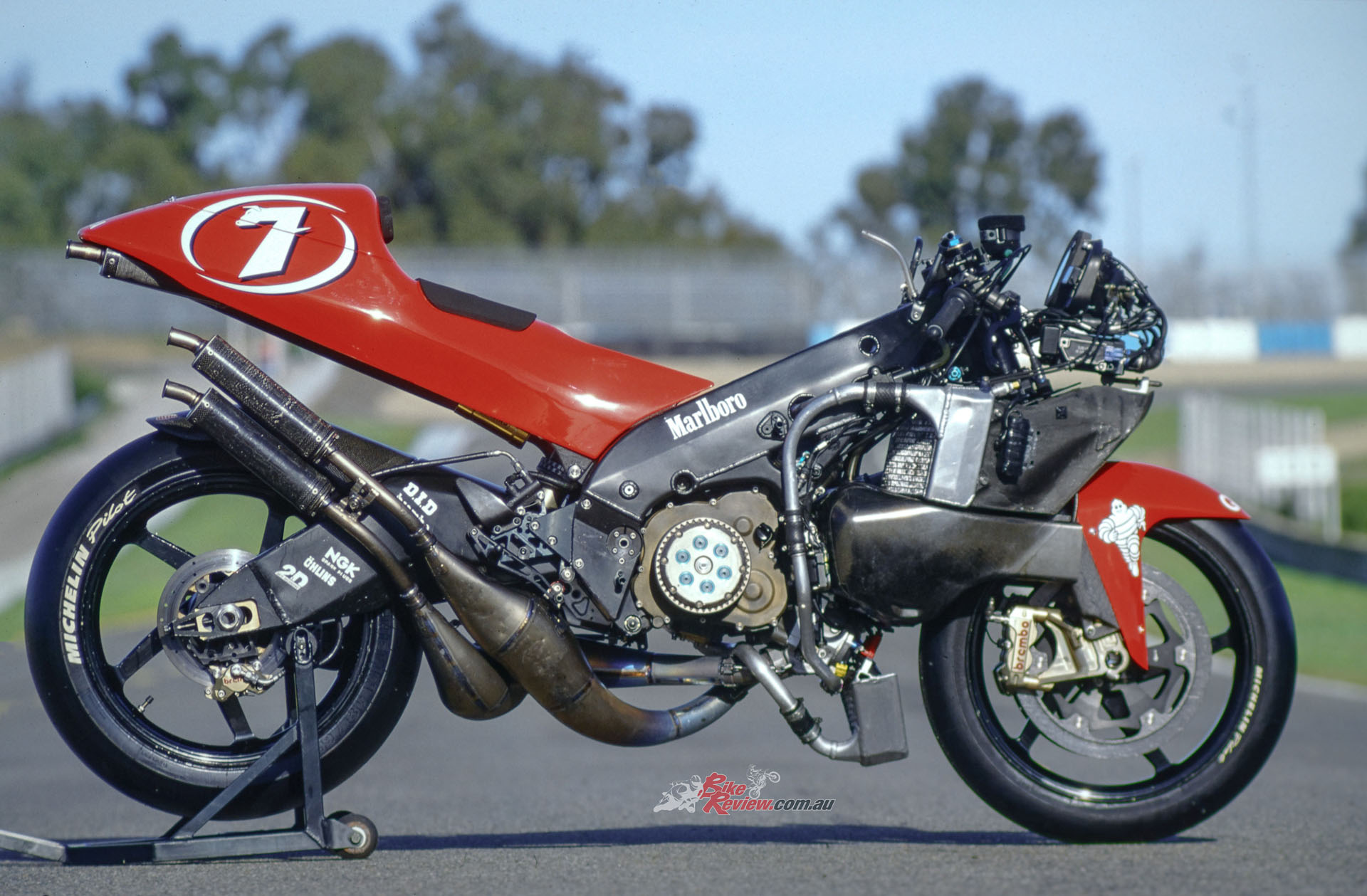
“We had some complaints about the YZR500 chassis being very sensitive and hard to set up – Checa and Biaggi especially complained about this. I think the twin-crankshaft engine layout of the YZR500 is one reason for this – which is why we at Yamaha experimented this year with a single crankshaft engine like the Honda NSR500, with reverse crankshaft rotation. Although it was wider, and so affected our aerodynamics, we wanted to discover if the gyroscopic effect of such an engine is more beneficial to the handling, compared to our present design with twin contrarotating cranks, the effects of which of course cancel each other out. We weren’t looking for any extra power or engine performance, only different handling characteristics.”
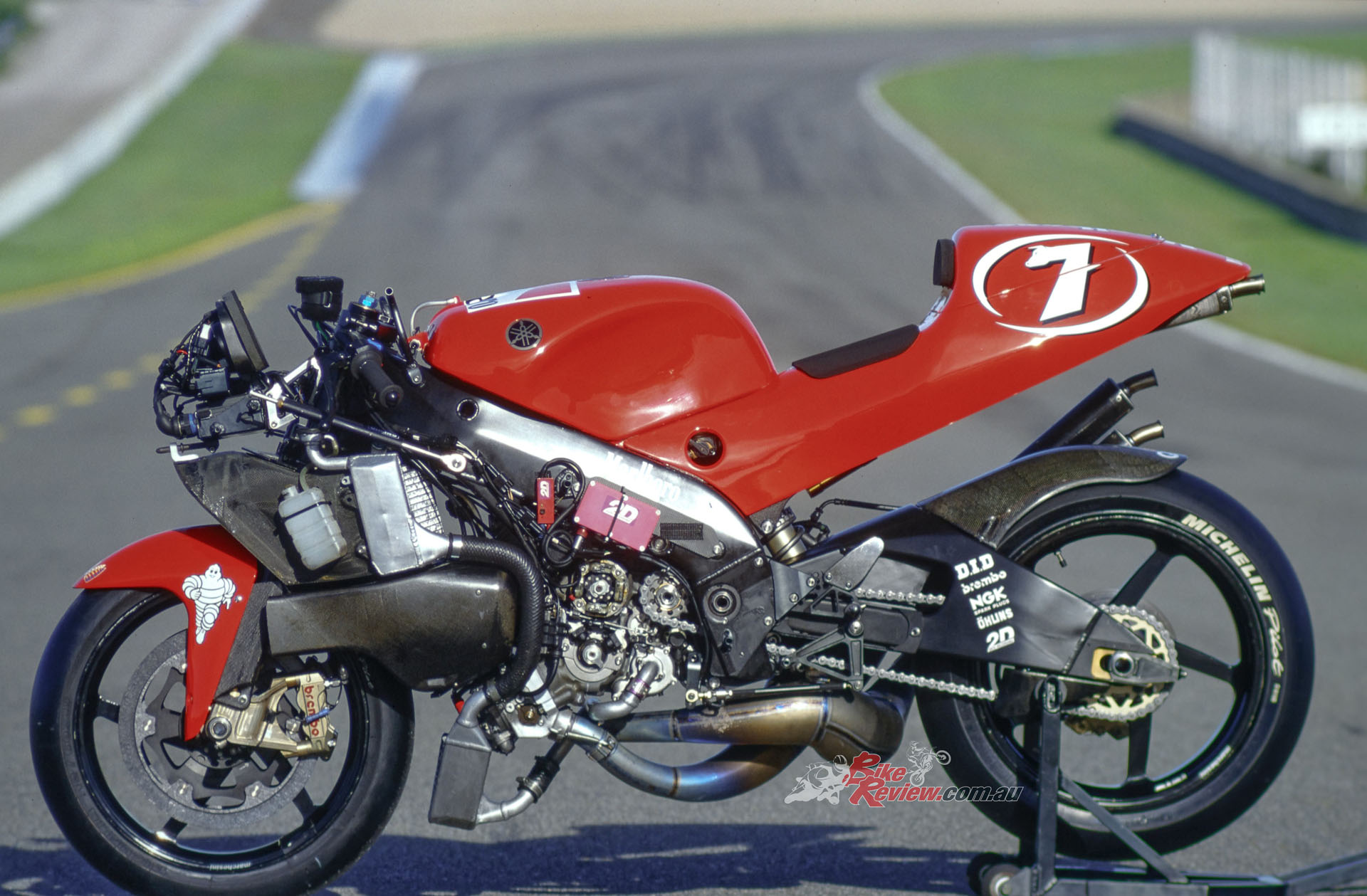
“We found that – yes, indeed, the single-crank engine does handle better in certain circumstances, though not enough to justify the cost and disruption it would bring if we developed such an all-new engine for our teams. Anyway, we could not supply all existing Yamaha teams with this type of engine, and the cost would in any case be much higher, so we would need to increase the lease costs they must pay. The problem is the reduced crankshaft life of the single-crank engine design, necessitating shorter service intervals, because of reduced bearing life. Our existing YZR500 twin-crank engine has a much longer mileage than the single-crank design, which is also more expensive to manufacture. Finally, another problem is the coming four-stroke Grand Prix regulations, which mean a new 500cc two-stroke engine would only have a two-year life, at the most, as factory equipment. For this reason, we decided not to pursue the project, and have called a halt to it.”
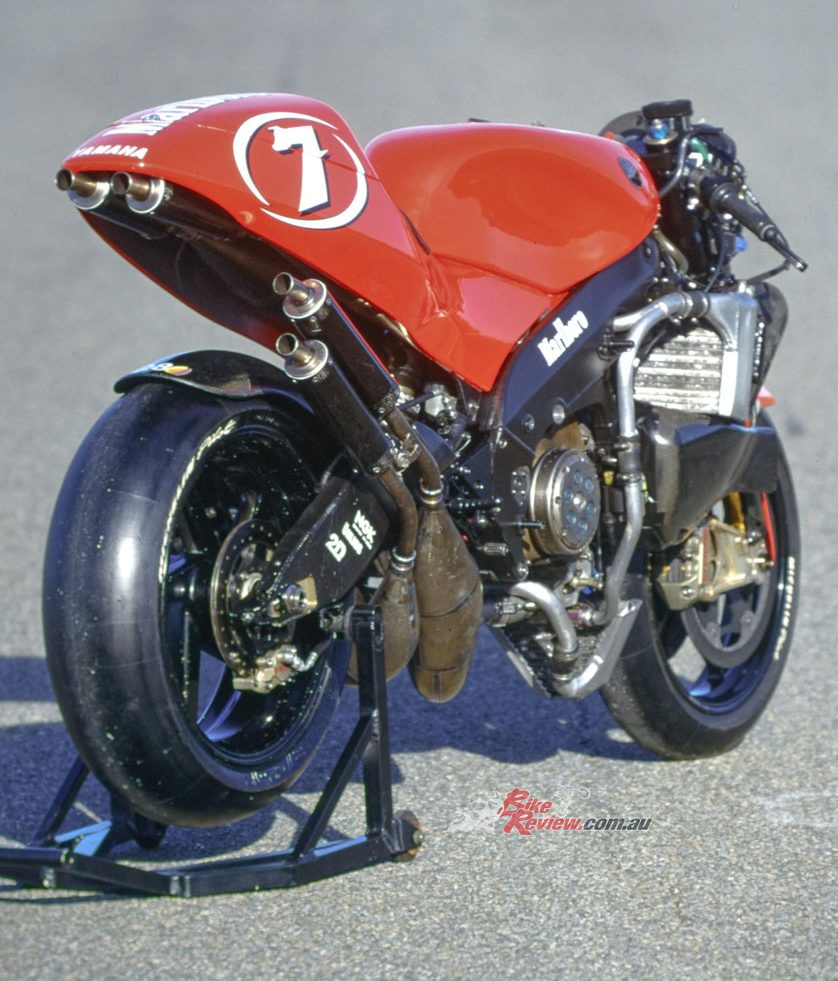
“Therefore, for 2001 we will improve the existing machine, and already I am pleased with our progress. One area we will be devoting attention to is aerodynamics, after the success of our YZR250, which won the 250cc World Championship this year thanks partly to the efficiency of its cowling. We are developing a comparable design for the YZR500, which we hope will give similar benefits. Last year, on the YZR250, Nakano complained about front grip exiting a turn, so we considered how to cure this problem, too. One element was aerodynamics – the bike was lifting at the front. We need some lift for good top speed, to improve rear wheel drive – but not too much, otherwise it will take off! So we redesigned the cowling, and found a good compromise which also helped the top speed. At Mugello, we tested a new design of streamlining which gave 3 km/h improvement compared to the old type, with the exact same engine setting, and this is what we used to win the Championship. I hope we will have the same success with our new YZR500 cowling in 2001!”
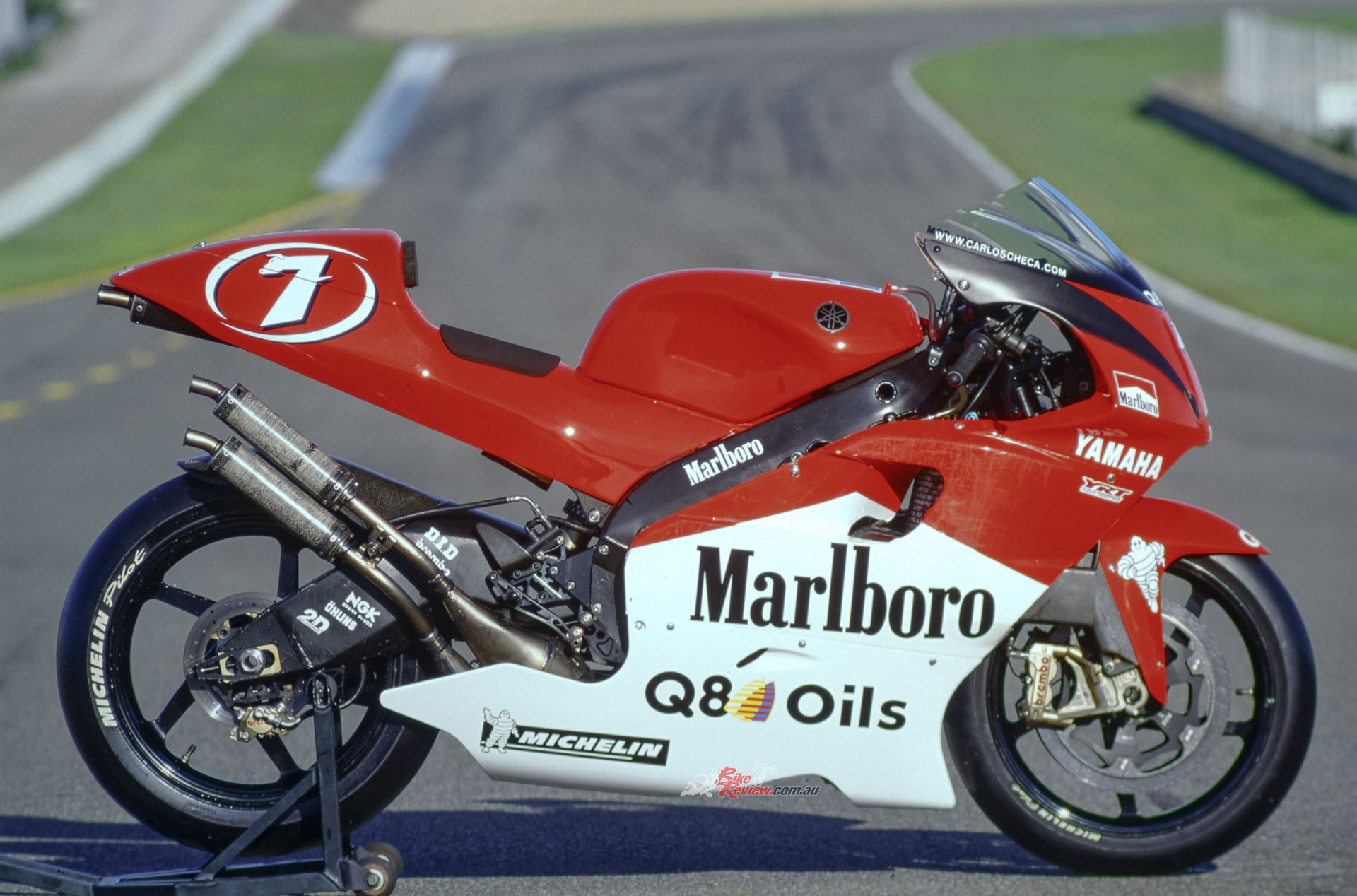
Sadly, it wasn’t to be. Valentino Rossi on the Honda NSR500 dominated the final year of 500GP racing with eleven race wins, against Yamaha’s only race victor Max Biaggi’s three. And of course, for 2002 the rules of the game were changed, with the advent of MotoGP. Indeed, having accomplished its World championship mission, Yamaha pulled out of the 250GP class officially for 2001, to focus on developing its new four-stroke MotoGP contender for 2002 and beyond. Having first worked on a 500cc four-stroke GP project with seven valves per cylinder in the 1980s (Yamaha’s what-if response to the oval-piston Honda NR500, which was never raced).
Ichiro Yoda was appointed Technical Director for Yamaha’s MotoGP YZR-M1 four-stroke contender, which Max Biaggi took to second place in the category’s 2002 debut season, winning three races. But in the wake of the corporate shakeup inside Yamaha accompanying Valentino Rossi’s arrival there in 2004, Yoda was sidelined with the appointment of Masao Furusawa over him. In a move highly unusual in Japanese racing culture, Yoda-san then joined Kawasaki in February 2005, where he was duly responsible for creating the ZX-10R Superbike that took Tom Sykes to the World Superbike Championship in 2013, and Johnny Rea to a further six consecutive such titles in 2015-2020, with Kawasaki winning the coveted Manufacturers crown in each of those years. Some CV!


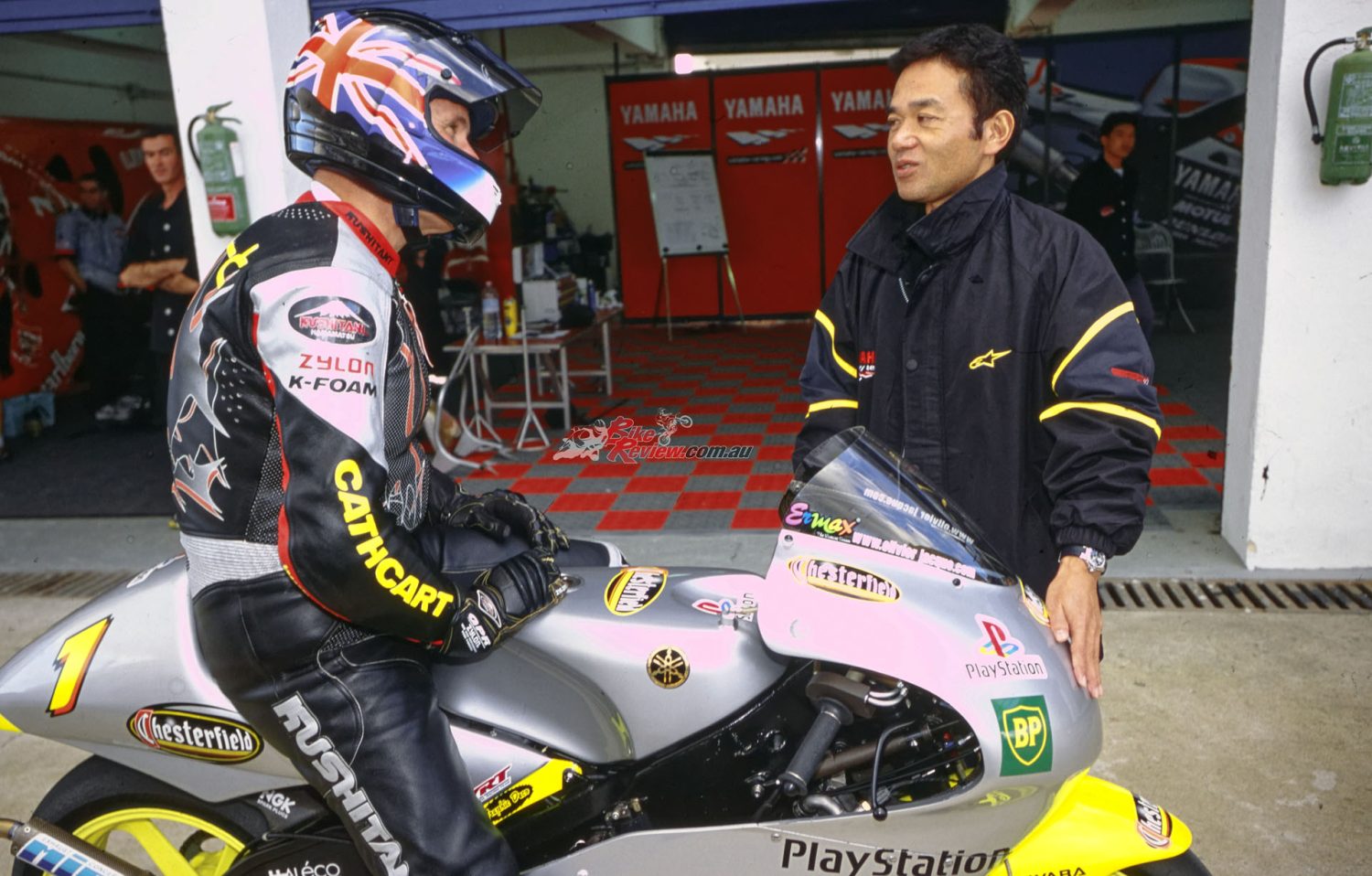
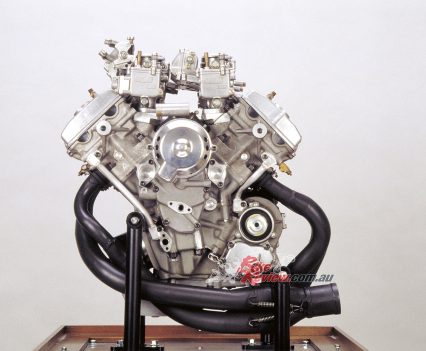
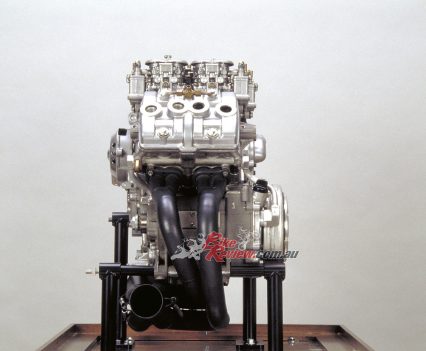
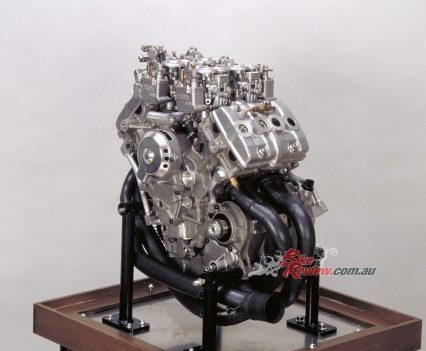
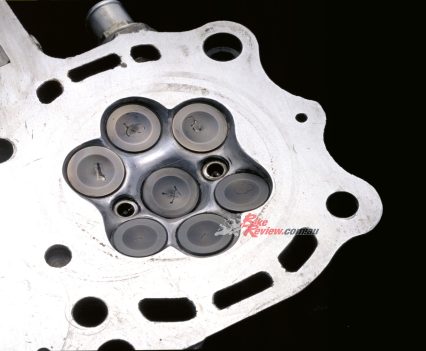
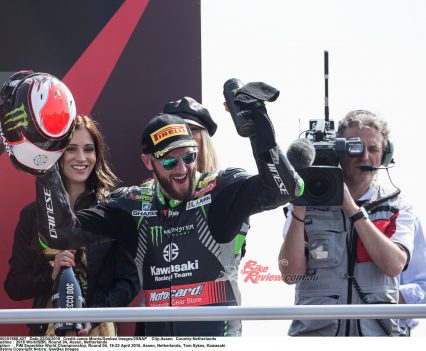
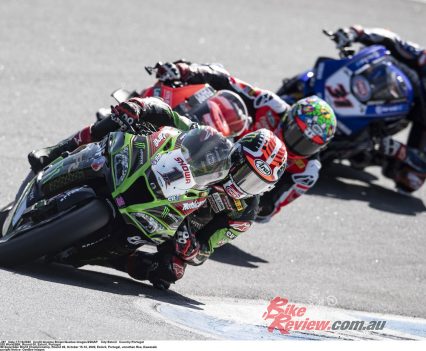
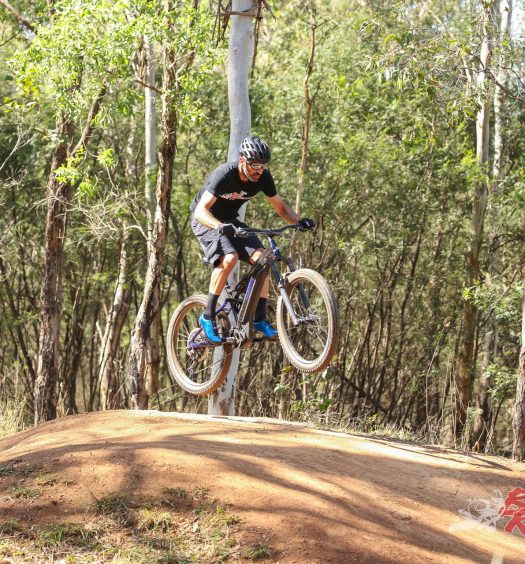
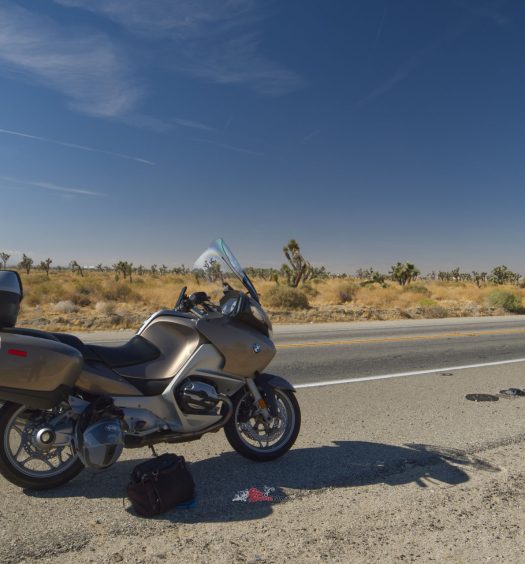














July 7, 2025
Hi, I was reading the Ichiro Yoda Interview from last year and I’m curious about the 4T V4 shown, is it a 990 concept Yamaha were considering along with the inline 4?